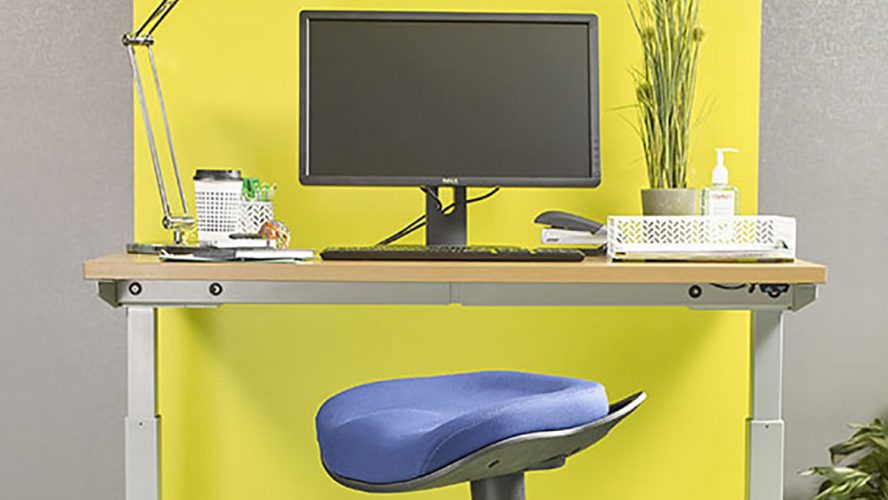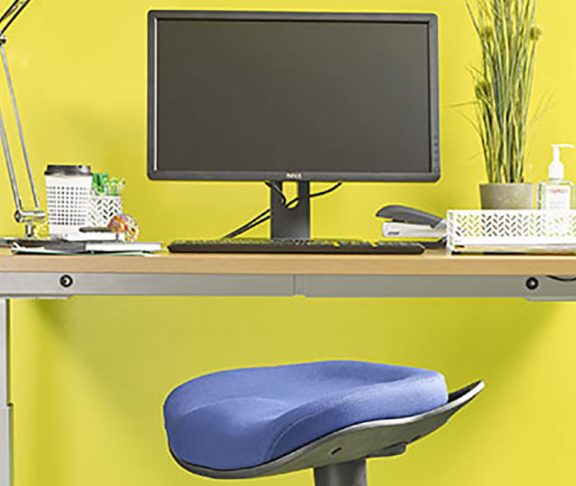In the past decade, the workplace has changed. There’s more technology, people are using smaller devices and workers can do their job in many places, not just at their desk in the office.
Designing workplaces that promote employee health and productivity should be a major focus of any business. “Workplace wellness is becoming a bigger and bigger issue to today’s skilled workforce,” says Ed Bonner, Eastern U.S. furniture vice president for Staples Business Advantage, noting companies who support employee wellness with good ergonomics are better positioned to attract and retain skilled workers.
Workplace injuries like muscle strains and tendinitis are known as musculoskeletal disorders. Employees in many different professions and industries are at risk, especially jobs that require heavy lifting, working in awkward body positions and doing the same or similar tasks over and over. Additional resulting ailments can include poor posture, aching backs, stiff necks and muscle fatigue.
The Occupational Safety and Health Administration says using ergonomics can help lessen muscle fatigue, increase employee productivity and reduce workplace injuries.
Here are a few ways employers can implement ergonomics and help prevent workplace ailments:
1. Standing desks
Over 80 percent of employees say they sit four or more hours a day on the job.
Sedentary habits aren’t healthy. “A lot of people consider sitting to be the new smoking,” says Bonner, who explains workers want to be more mobile in the office.
2. Alternative seating
Many employees report bad posture and stiffness from sitting. Workers can customize their seat with ergonomic chairs, like those with breathable mesh, molded backs for lumbar support and adjustable height, arms, tilt and lock positions.
“A worker shouldn’t have to constantly adjust their seat,” says Bonner. “A good ergonomic chair should allow them to set the height, lumbar and arm supports, then adjust to them as they move.”
Ergonomic ball chairs engage the user’s core muscles, helping the worker’s lower back and building abdominal strength.
3. Office supplies
Employees want tools that help them comfortably do their job, such as ergonomic keyboards that support the palm and naturally position hands; as well as an ergonomic computer mouse; and computer screen mounts that can be adjusted as needed to avoid neck strain.


